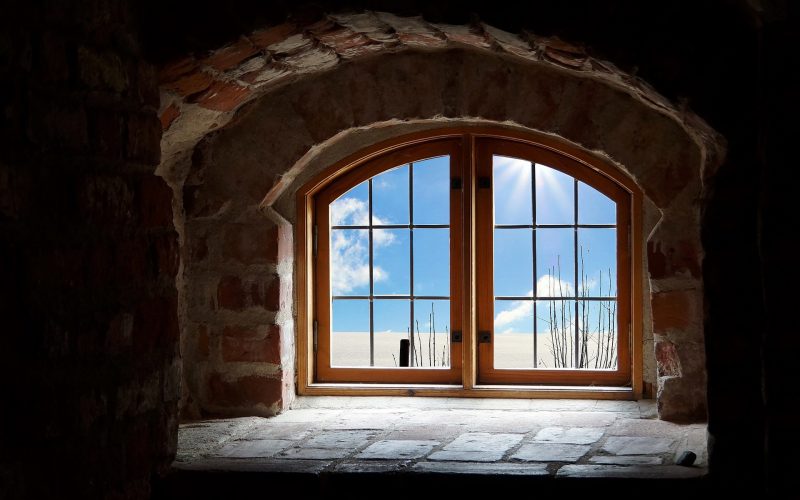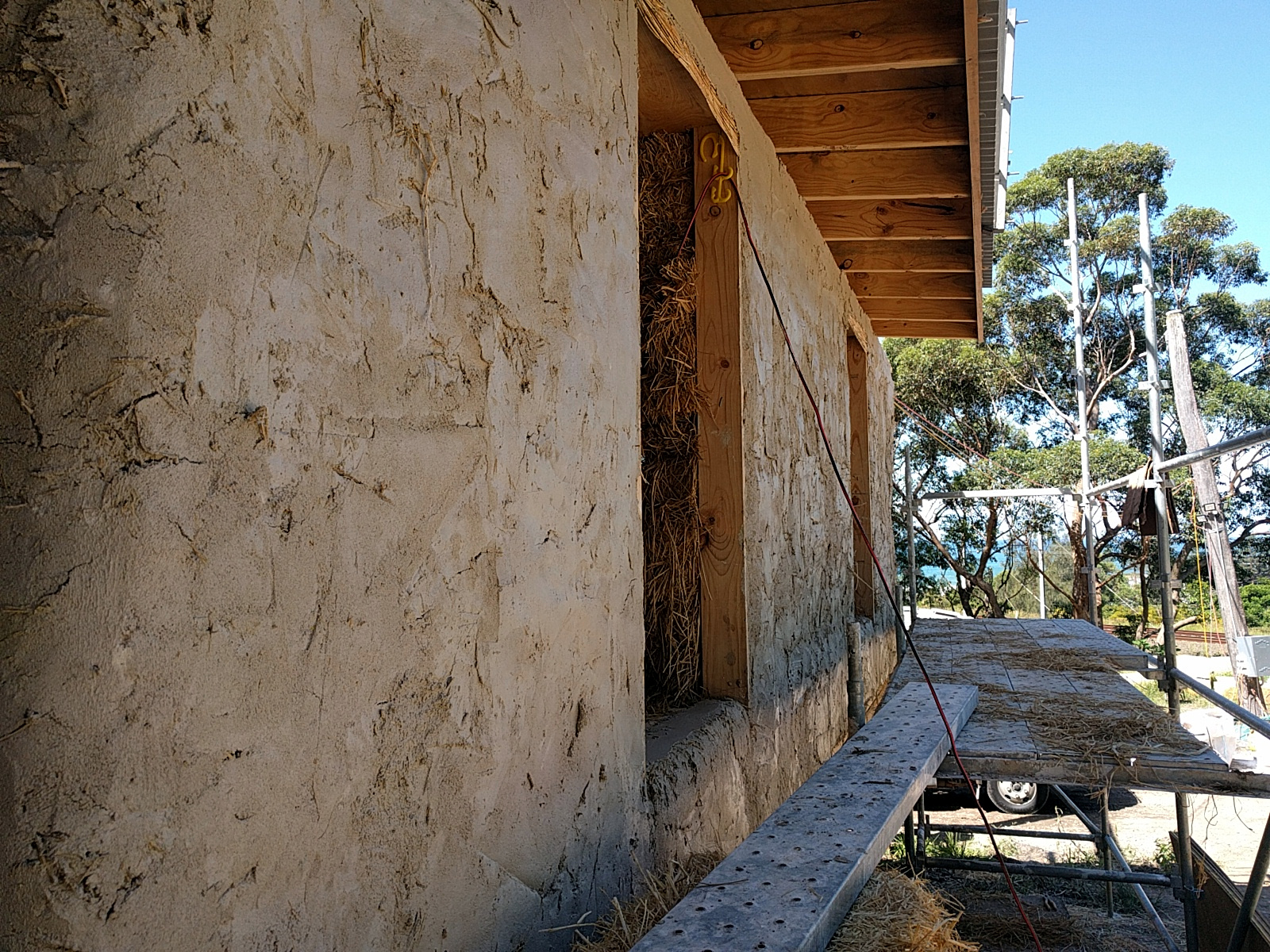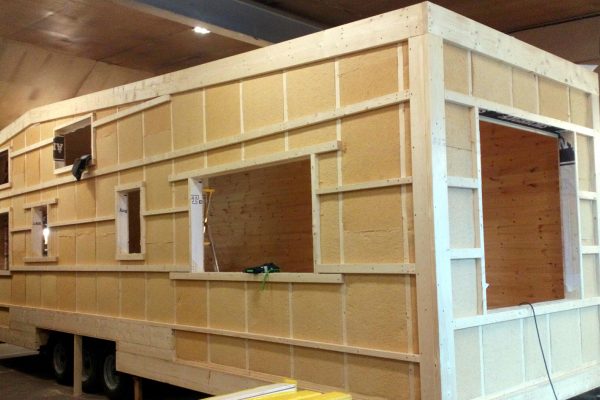The temperature is dropping here in Australia, we’re heading into winter. And, as in previous years, I’m getting upset by the day. You know why? It’s cold!!!
I have lived in countries that have much lower winter temperatures than Australia yet I feel much colder here. It’s not a perception issue, it’s an issue of bad buildings. When it gets cold outside, the inside gets cold as well. When I walked into the kitchen this morning it was 17 °C cold. And we’re not even in winter yet.
Seventeen degrees Celsius is NOT a normal inside temperature!!!
Houses in the place we live (I can’t speak for all of Australia on this one) can be described as glorified tents: built quickly, protecting its inhabitants from the wind and rain. This might sound funny but it’s really not.
I could go on and on about the poor quality of the houses we have lived in but I won’t. Rather I want to highlight some things I have learnt from these house for any aspiring builder, including myself.
This is just the first of many, many posts to come on building and what I am learning as I go. It is also written from living experience rather than from expert knowledge. Should you be in the position to build your own house, these ideas could be something to consider. I will continue my studies on the topic and will share what I know. Today, a humble beginning.
Know your land
Knowing where a house is going to be built is important. I don’t just mean to know a street address or to know the side, I mean to study the location. For example, our previous house had no sunlight in the main living areas in winter. This was a killer because we had no warmth coming into the house.
Therefore, lesson one: orientate the house according to the sun. Study the sun pattern during the seasons. Which areas of your house do you want warm, which ones can (or should) stay cool. The angle of the sun changes with the seasons. It’s higher in the sky in summer and lower in winter, which means that not all areas getting sun in winter will be heated up in summer. Again, study the site and make your own conclusion. A good architect or builder should be able to assist with this as well.
Following the sun should be done in either of two ways: with a heat regulating wall or with windows. It depends very much on the available material and the exact angle of the sun. In colder climates, the recommendation is to have sun-facing double or triple glassed windows. In warmer climates, less opportunity for the sun to enter the inside of a house will result in cooler temperatures. Coupled with a heat regulating wall (most likely a wall of earth mass) will mean better heat distribution inside the house.
Knowing your land also applies to any rain or wind patterns. Maybe it goes without saying that you shouldn’t build a house into a wind channel unless it’s a feature you desire. Avoiding these corridors for cooler climates means that there will be less air (involuntarily) circulating your house.
Knowing your land also means to know the soil you are building on and maybe with. Any rock formation underneath your house will affect your indoor temperature. For example, soil containing large amounts of clay act as heat storage and will be a good insulation from the bottom in winter.
Invest in insulation
Talking about insulation seems to have the underlying assumption that it’s only something against cold temperature outside. Yes, a well-insulated house will help with keeping the heat inside but it will also assist with keeping any heat outside. Insulation is not only against heat loss but also against heat gain. Proper insulation doesn’t mean to put on a warm jumper but it rather regulates the temperatures on the inside relative to the outside. If it gets hot outside, good insulation will prevent a house from getting too hot inside. When it gets cold outside, a well-insulated house won’t get as cold on the inside. Over time every house, regardless of the level of insulation, will adapt to the surrounding temperatures. Good insulation slows this process down – sometimes by months.
Insulation should be done on any outside wall and doors. If I had to choose however where to start insulating my house I would start at the top. Heat rises and therefore an insulated roof will result in more heat being trapped inside the house when heated. Of course, an insulated roof will not result in toasty warm toes if your walls are not able to store any heat. Insulated walls and windows are equally important for a good (aka consistent) room temperature.
In the end, it comes down to heat management: how to keep the inside temperature at a comfortable 22°C, not at anything between 15 and 32°C (no kidding!).




